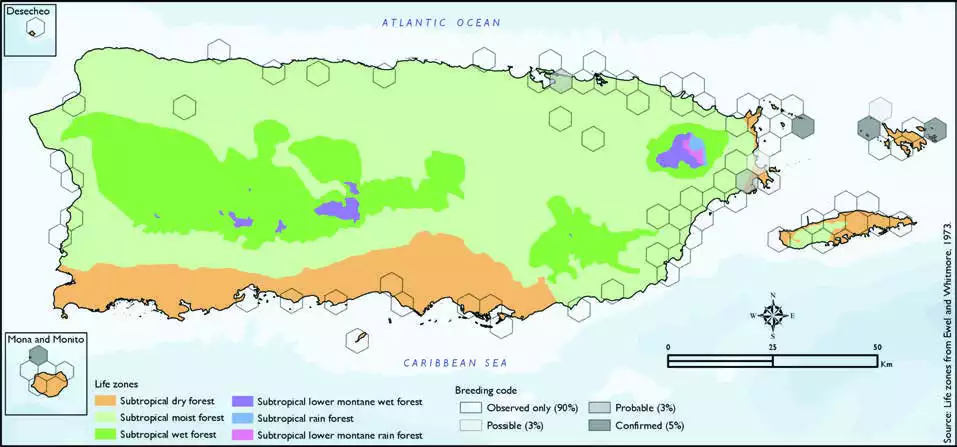Laughing Gull
Description
The laughing gull (Leucophaeus atricilla) is a medium-sized gull of North and South America. Named for its laugh-like call, it is an opportunistic omnivore and scavenger. It breeds in large colonies mostly along the Atlantic coast of North America, the Caribbean, and northern South America. The two subspecies are: L. a. megalopterus – which can be seen from southeast Canada down to Central America, and L. a. atricilla which appears from the West Indies to the Venezuelan islands. The laughing gull was long placed in the genus Larus until its present placement in Leucophaeus, which follows the American Ornithologists' Union.
This species is easy to identify. It is 36–41 cm (14–16 in) long with a 98–110 cm (39–43 in) wingspan and a weight range of 203–371g (7.2-13.1 oz). The summer adult's body is white apart from the dark grey back and wings and black head. Its wings are much darker grey than all other gulls of similar size except the smaller Franklin's gull, and they have black tips without the white crescent shown by Franklin's. The beak is long and red. The black hood is mostly lost in winter.
Distribution & Habitat
The Laughing Gull occurs through the tropical, subtropical,
and some temperate areas of the
Western Hemisphere including
the West Indies, where it is
generally common from April
to September and becomes
irregular and rare during the
rest of the year throughout most
of the islands (Raffaele and
others 1998). It usually nests
on offshore rocky cays around
Culebra, Mona, and Monito
(Oberle 2018). On Vieques, it
ranges from fairly common to
rare (Gemmill 2015). It usually
inhabits marshes, coastal marine
waters, tidal fl ats (Oberle 2018), calm bays, and offshore islets
(Raffaele and others 1998).
Although it is most common
in coastal areas, it may move
inland and frequent landfills and
reservoirs. The atlas fieldwork
yielded a total of 124 records
within 80 hexagons or 17 percent
of the 479 total hexagons (see
map). Of the 80 hexagons where
this species was found, breeding
met the atlas definition of
confirmed in 5 percent (4) of the
hexagons, probable in 3 percent
(2), and possible in 3 percent
(2) as well, while the species
was observed in 90 percent (72)
of the hexagons but without
evidence of breeding (see map).Laughing Gull distribution. The map shows the highest breeding code by hexagon and overlaying the ecological life zones in
Puerto Rico. Note: percentages may not total 100 due to rounding. 113Laughing Gull/Gaviota Gallega

Breeding Habits
Previously published reports indicate that the Laughing
Gull breeds from May to July
(Raffaele and others 1998). The
nest consists of a scrape with
lined grass, usually made on the
ground of a beach or in a crevice
of a rocky cay, and sometimes
near a colony of other seabirds
(Oberle 2018, Raffaele and others
1998). Atlas results show that this
species breeds mostly from May
to July, and to a lesser extent
also during March (see chart).
Overall, the breeding activity peaks in July, and it mostly takes
place within the subtropical
dry forest life zone (see chart).
Results (see table and map)
show that this species breeds
mostly in coastal areas within the
subtropical dry forest life zone
(75 percent of the hexagons),
but it may also breed within the
subtropical moist forest life zone
(25 percent of the hexagons).
Conservation
The overall population trend of the Laughing Gull is described
as increasing, although some populations have unknown
trends (Butcher and Niven 2007,
Wetlands International 2012),
and it is currently listed as a
species of least concern by the
IUCN (BirdLife International
2018). Locally, this species is not
listed in any of the threatened
categories of PRDNER and
USFWS. In Puerto Rico, the
Laughing Gull has a protected
habitat in land of 6 percent or
12 km2 of the total area covered by the hexagons where evidence
of breeding was found for this
species (191 km2).
Related Species
Family:
gull